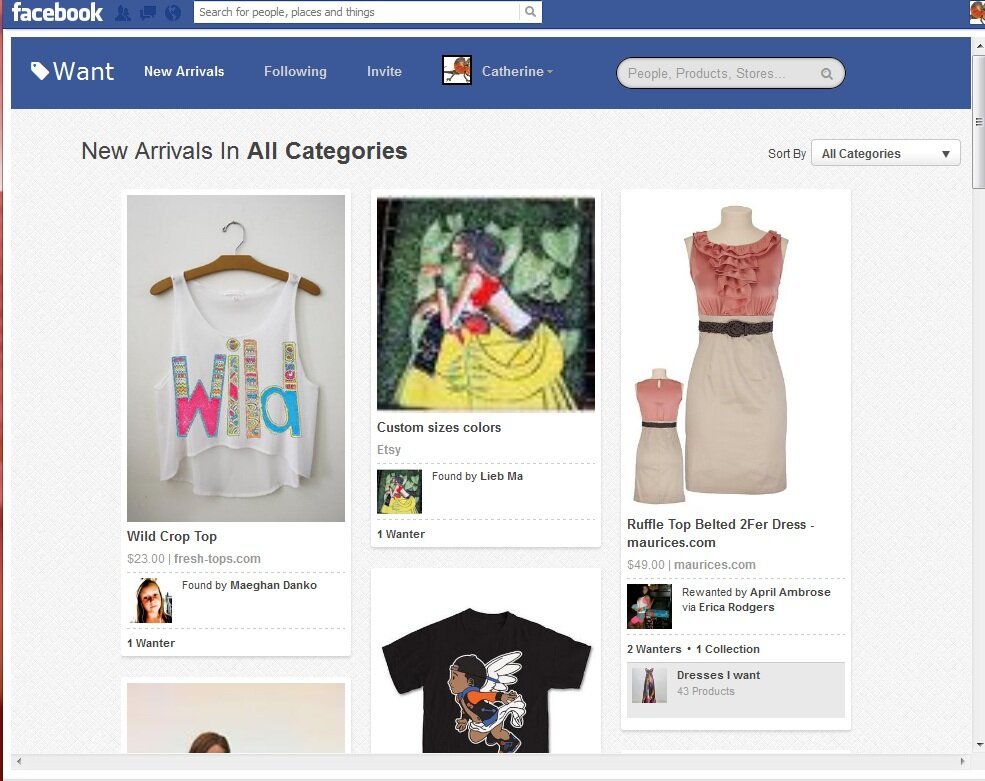Making a (wish) list, checking it twice
September 13, 2012 Leave a Comment
As we noted in an earlier post, wish lists give browsers and researchers somewhere other than the shopping cart to stash items of potential interest. And with the holiday season right around the corner, wish lists have the potential to stimulate significant sales. Not only will gift buyers be on the lookout for suggestions from recipients, but shoppers who designate items on their wish lists may end up buying them for themselves. In 2011, nearly six in 10 shoppers set aside holiday shopping money for themselves, according to the National Retail Federation.
Although it’s late to deploy major technology upgrades to change wishlist functionality, merchants can still make tweaks to help drive wish list usage and convert those lists to sales. Consider the following techniques:
Spotlight the wish list prominently. Go beyond including a text link to the wish list in the global header or footer and incorporate wish list prompts throughout the site: promote wish list usage on category pages, in gift guides and on product pages, where it should be listed as an option along with social links and “forward to a friend.” If you have a loyalty club, consider awarding members extra points for wish list usage, as American Eagle did last year, when it gave members 25 points for wish list creation and another 10 points for sharing the lists.

Consider building a promotional campaign around wish list usage, such as last year’s “win your wish list” sweepstakes offered by jeweler Blue Nile. After Christmas, incorporate wish list messaging into post-holiday “get what you really wanted” campaigns.

Help shoppers share everywhere. Let shoppers share and use their wish lists wherever they choose. In addition to allowing shoppers to email their wish lists to friends, add social sharing links so that lists can be posted to Facebook and Twitter; include a “print” button so shoppers can physically hand their lists over. High fashion merchant Burberry enables all the options for its wish list, with icons for Facebook, Twitter and email and a button for printing.

The social sharing technology Want offers a quick wish list sharing fix. When users click a “want” button on a product page, the item is shared in their Facebook news feed; their timelines display the full list of items they’ve designated from multiple retailers, while all users’ selections are compiled on an image-driven Want site and Facebook page. The company claims that 38% of items posted to Facebook are clicked on by shoppers’ friends.

Smooth the transition from list to cart. If time and resources are available to work on functionality, ensure that buying items from wish lists is a simple a process. Beyond providing a link to add items to the cart, consider including in-stock information in the wish list display, and allow viewers to change the quantity or SKU options such as size or color. Toys R Us allows shoppers to buy individual items or to select multiple products to add to the cart; additionally, in-stock and delivery options are displayed, along with a free shipping and discount promotion.

What measures are you taking to encourage wish list building and buying this holiday season?
Connect with us: